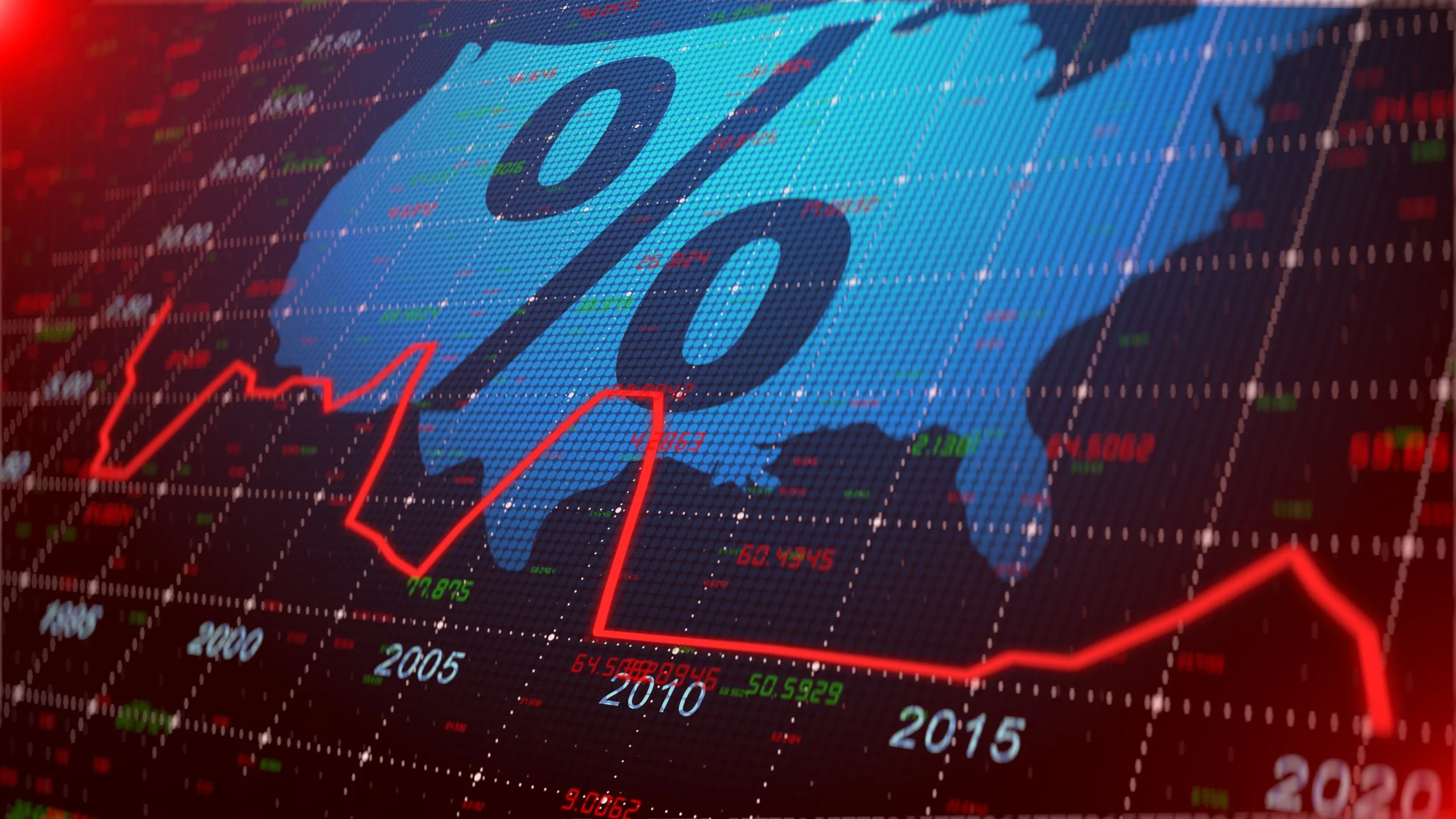ALB Limited 18.09.2022
What Is the Average True Range ?
When it comes to trading and investing, it's important to understand the concepts of volatility and risk. Volatility is simply a measure of how much the price of an asset moves up and down over time. Risk, on the other hand, is a measure of how likely it is that you will lose money on an investment.In order to help you assess these two factors, many traders use the concept of average true range (ATR). ATR is a statistic that measures volatility. It can be used to determine how risky a particular security or market is, and it can also be helpful in setting stop-losses and target prices. In this article, we will explain what ATR is and how you can use it to improve your trading results.
ATR is a technical analysis indicator that measures market volatility over a given period. ATR was created by J. Welles Wilder Jr., a technical analyst, in 1978 and published in his book "New Concepts in Technical Trading Systems". ATR, or Average True Range, is a helpful tool for traders that provides estimated price volatility across different true ranges and can be used to calculate an average over a 14-day period. Even though it has advantages, like helping traders figure out stop-loss prices, ATR does have some shortcomings.
What is the True Range and what does it measure ?
The true range is the largest of three price ranges:
The current high minus the current low
The absolute value of the current high minus the previous close
The absolute value of the current low minus the previous close
The true range is simply a measure of how much an asset has moved over a given period. ATR measures this move in relation to the asset's previous closing price, which makes it useful for determining how volatile an asset is.
For example, if an asset has a true range of $1 and it closed at $100 yesterday, its ATR would be 1%. If the asset then rose to $101 today, its ATR would still be 1%. However, if the asset fell to $99 today, its ATR would be 2%.
How do you calculate the Average True Range ?
There are two ways to calculate the Average True Range:
The first way is to simply take the sum of the true ranges over a given period and divide it by the number of periods. For example, if you wanted to find the ATR over a 14-day period, you would add up the true ranges for each of those days and then divide by 14.
The second way is to use Wilder's smoothing method, which is more complex but also more accurate. Wilder's smoothing method involves adding the current true range to a moving average of past true ranges. The formula for this is:
ATR = [ Current True Range] x 13 + Previous ATR ] / 14
How do you use the Average True Range ?
The Average True Range can be used in a number of ways, but one of the most common is to set stop-losses. A stop-loss is an order that you place with your broker to sell an asset when it reaches a certain price. This price is usually below the current market price and is designed to limit your losses if the market falls. Many traders use ATR to help them set their stop-losses. The logic behind this is that if an asset is more volatile, it is likely to move further and faster than a less volatile asset, so a wider stop-loss is needed to avoid being stopped out prematurely.
To use ATR to set a stop-loss, you first need to calculate the ATR for the asset that you are trading. You can then use this ATR value to determine how far away from the current price your stop-loss should be. For example, if you are trading stock with an ATR of 1%, you might want to set your stop-loss at 2% below the current price. This will give the stock some room to move before hitting your stop-loss and being sold.
There are a number of other ways that traders use ATR, including setting target prices and trailing stop-losses. If you are interested in learning more about these methods, there are a number of resources available online.
One last thing to keep in mind is that ATR is a lagging indicator, which means it is based on past price action and might not be accurate when predicting future price movements. However, many traders find ATR to be a helpful tool in their overall trading strategy.
ATR can be useful for setting stop-losses because it takes into account an asset's volatility.
When using ATR to set a stop-loss, you first need to calculate the ATR for the asset that you are trading. You can then use this ATR value to determine how far away from the current price your stop-loss should be.
What are some of the limitations of using the True Range as a measure of volatility ?
The Average True Range is a popular measure of volatility, but it has some limitations. First, the ATR only considers price movement in one direction (up or down). This means that it doesn't take into account sideways price movement, which can be just as important for determining overall market activity. Second, the ATR is based on historical data, which means it can't always predict future market behavior. Finally, the ATR doesn't consider the magnitude of price changes, only the range between them. This means that two stocks could have the same ATR even if one stock is much more volatile than the other.
How has the True Range changed over time, and what implications does this have for investors ?
The True Range has fluctuated over time but has generally been on the rise since the early 2000s. This likely reflects an increase in market volatility, which can be both good and bad for investors. On the one hand, volatile markets can offer opportunities for quick profits. On the other hand, they can also lead to sharp losses if you're not careful. Either way, it's important to keep an eye on the True Range and other measures of market activity when making investment decisions.














